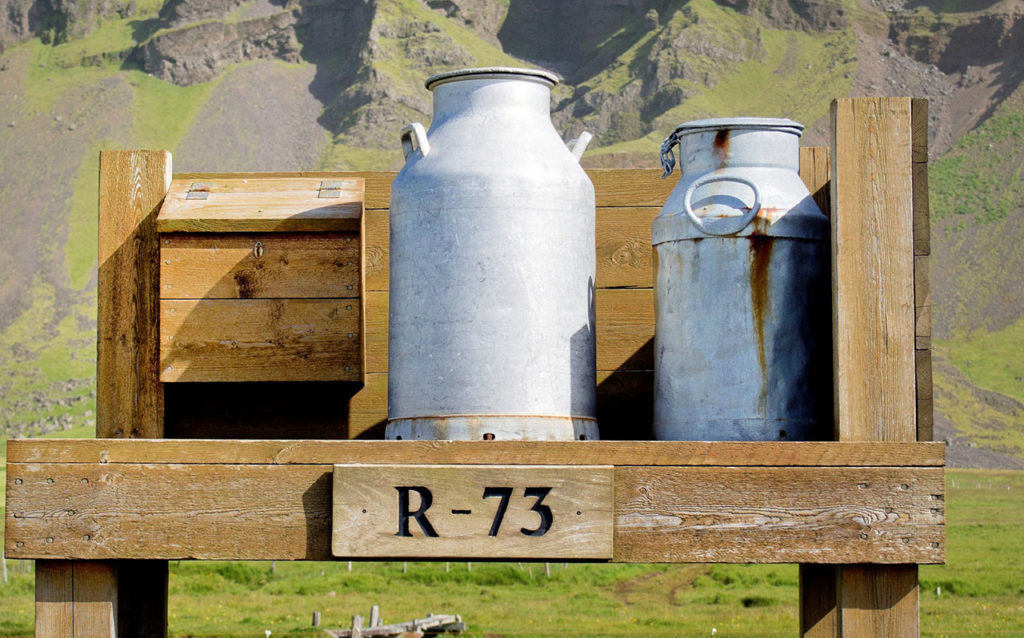
The curative properties of turmeric have lent it to be used as a spice in Indian recipes and medicine in Ayurveda for thousands of years. The healthy nutrients of milk team up perfectly with the anti-inflammatory qualities of turmeric. Turmeric milk or Haldi ka doodh (haldi means turmeric, doohd means milk) brings this sweet nectar onto the favorite’s list of healing rasāyanas of many traditional yogis and Ayurvedic Consultants.
In Ayurvedic cooking we want to make sure we deliver all six tastes (sweet, sour, salty, bitter, astringent, and pungent) in every meal. This balances the doshas which leads to less imbalance and sickness. What I find is that I can eat about 1/3 as much food and feel a sense of satiation when all the tastes are included in my meal. That is such a good thing in this day and age of the giant plate meals. But it also explains why those giant plate meals even exist. In a meal that isn’t well planned to offer all 6 tastes, we continue to eat hoping that we will eventually, if we eat enough, find enough of these tastes and then be satisfied. Sometimes we do, sometimes we don’t, but either way, we are eating far too many calories.

It is sometimes difficult to get all the tastes into one meal. One of the easiest ways to meet this requirement is to use spices. For instance turmeric supplies the bitter, pungent, and astringent tastes with just one spice. These are sometimes the three harder tastes to add to a meal. It is a heating spice thought to help in diabetes and also promotes good digestion. Turmeric increases vata and pitta if too much is consumed, and relieves kapha.
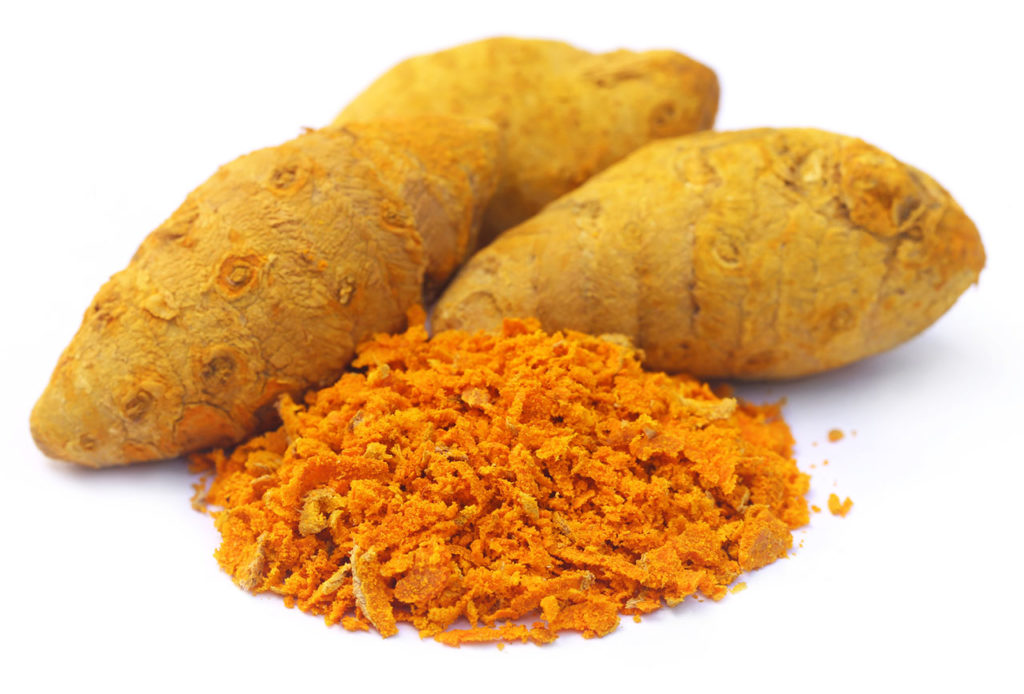
There are many ways you can take turmeric: fresh, dried and grated as a spice, capsule, or pills. If you read my previous blog about turmeric, you know that turmeric is anti-inflammatory, antibacterial and antiseptic properties offer many benefits. It can relieve pain and swelling (known in Ayurveda as nature’s aspirin) and can even be applied to small cuts and wounds, helping with blood clotting, preventing infection and healing skin.
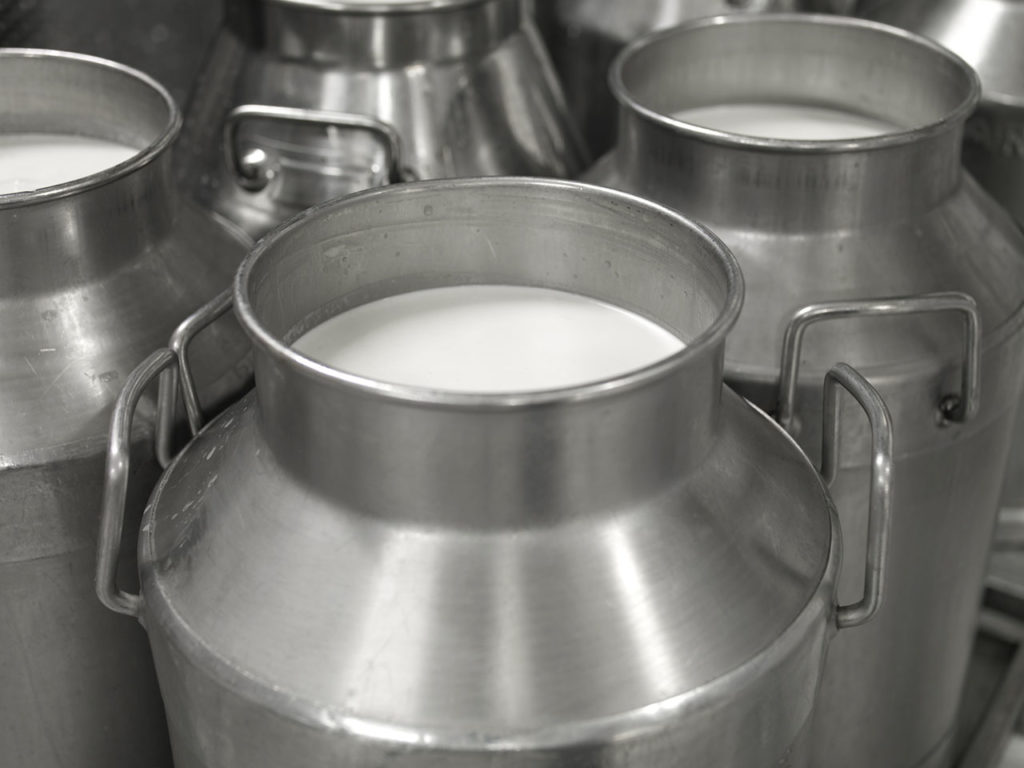
Milk is a great delivery system for turmeric whether you are using it internally or externally. Adding turmeric to milk increases milks own antioxidant qualities. Milk fights free radicals that damage skin, making it lose its elasticity and glow. Milk also strengthens bones, which helps with osteoporosis and arthritis (joint inflammation and pain). Consuming the drink twice a day before meals will ease morning stiffness, reduce pain and swelling in the joint. But it’s the anti-inflammatory qualities that make turmeric milk a favorite for soothing sore throats and calming coughs. Raw organic honey is often added not only for taste but for its own powerful anti-oxidant, anti-viral and anti-fungal properties. Raw honey is known in the Ayurveda world as being a prabhava, a term which means the unexplainable special effect of a substance, that cannot be explained by rasa (taste), virya (the quality of energy released by an herb or food after eating), or vipāka (The final post-digestive effect of food that occurs in the colon and has an action on the excreta.) Being the scientist that I am, this was not a hard concept for me to understand, just a hard one to explain on paper, so thank you Brian Brink, one of my Ayurvedic teachers from Kripalu for that definition.
Here are some recipes for you to try:
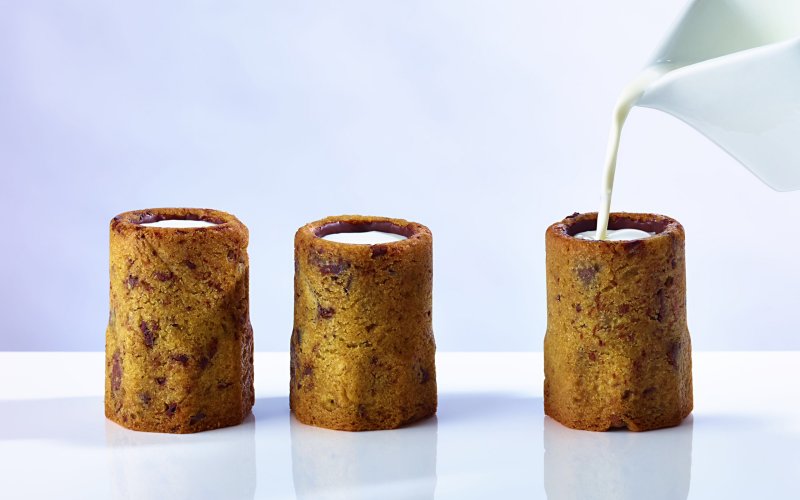
Basic Turmeric Milk Recipe
½” of fresh ginger grated
½ tsp. dried turmeric powder or 1 inch piece fresh turmeric
1 cup whole milk
½ cup filtered water
1 Tbls raw honey, or to taste
Place all ingredients except honey into a pan and simmer for 20 minutes. Let stand for 15 minutes to seep. Rewarm if needed and then add the honey. Once the honey has been stirred in, strain and sip. (www.livebrightandhealthy.com)
Sore Throat Soothing Turmeric Milk Recipe
½ tsp. dried turmeric powder
1 tsp ginger minced
¼ cup water
Top off the cup with milk and heat the mixture for a few minutes until the milk almost boils. If you want to add peppercorns, which is thought to improve the absorption of the turmeric you can also add that to the mixture before heating. Other flavors can be achieved by adding a few pods of cardamom (cracked) and a pinch of saffron to the milk/water concoction before boiling.
Cough Turmeric Milk Recipe
1 cup milk
Sugar to taste
½ tsp. ajwain (carom seeds)
¼ tsp. turmeric powder
Add milk and sugar to pan and heat until sugar dissolves. Set aside. Take ajwain and roast in a non-stick pan for a few minutes until brown. Add to the ajwain mixture the turmeric and stir. Add to the warmed milk, mix well, strain, and sip while warm. (www.turmericforhealth.com)
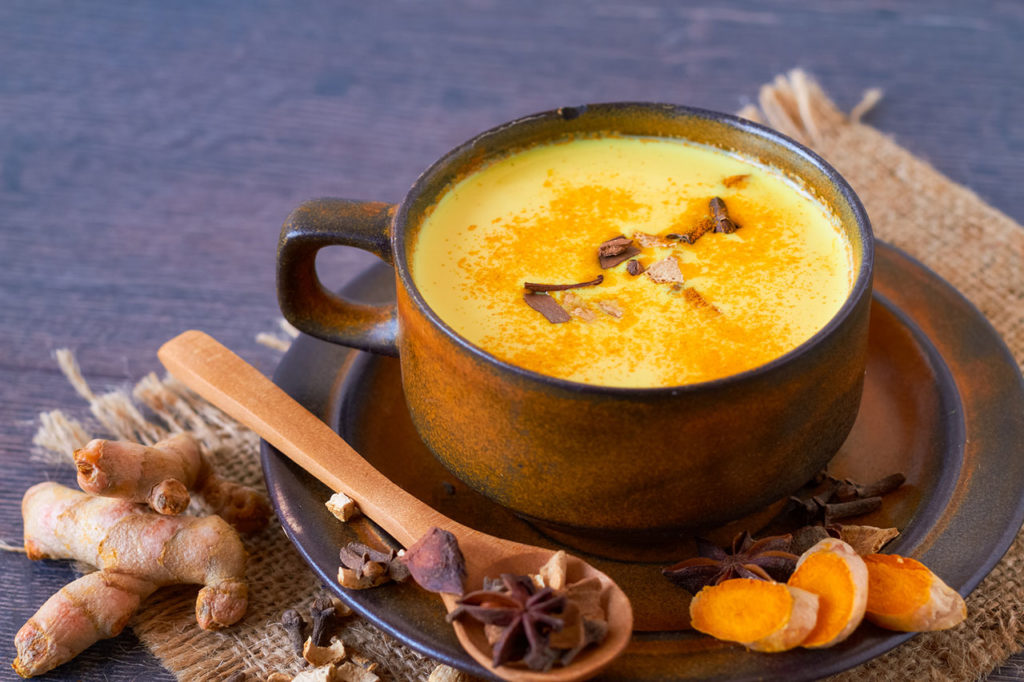
The Ultimate Turmeric Milk Recipe
2 cups fresh whole milk
½-1 tsp of turmeric powder
2-3 whole peppercorns
2-3 cardamom pods cracked
½ inch ginger, roughly chopped
½ tsp ghee (not if you are experiencing mucus)
Pinch of saffron, optional
Honey or jaggery for taste
Heat the milk along with the spices for 2-3 minutes or until the milk is almost boiling. Add sweetener to taste, let cool until warm and strain and serve. (www.journeykitchen.com)
Sleepy-time Turmeric
Use the basic turmeric milk recipe and add nutmeg. Nutmeg helps you sleep.
Turmeric Honey
9 Tsp dried turmeric powder
½ Tsp freshly ground black pepper (grind it finely)
½ Tsp dried ginger powder
Raw organic honey
Mix turmeric, pepper and ginger thoroughly. Start adding a liquid honey into the powder. It helps to warm the honey (not cook, just warm) which allows it to absorb better. Whipped versions of honey or old honey that has begun to crystallize will not work, the honey needs to be runny. Stir, slowly adding the honey until all the powder is dissolved and you have a thick paste. The amount will vary depending on the moisture content of the honey. Store turmeric honey in an airtight jar.
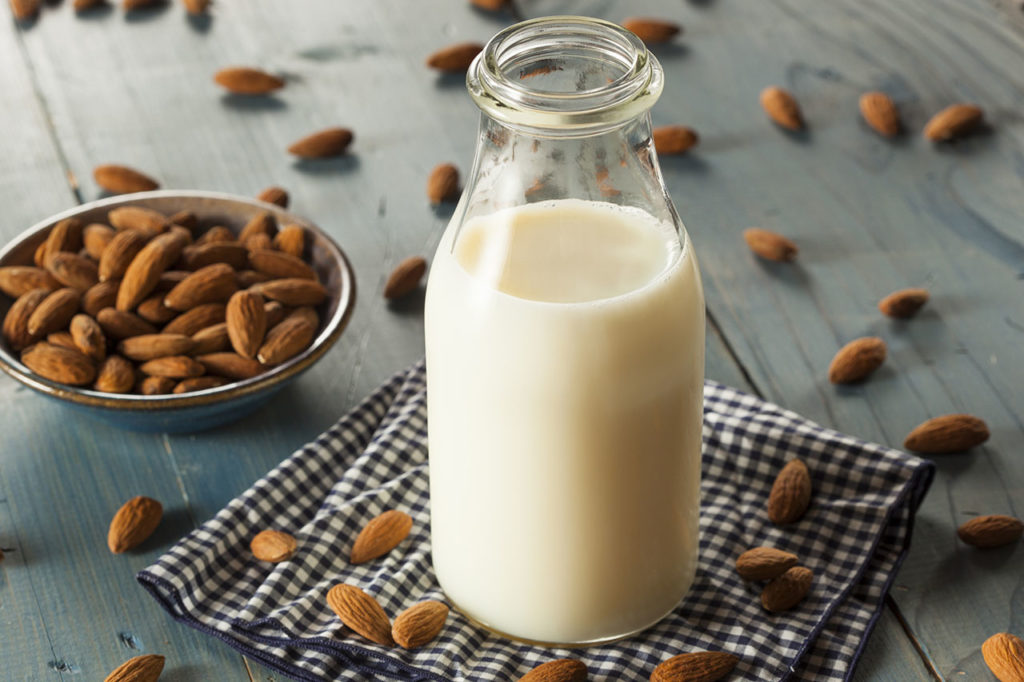
Turmeric Milk (Non Dairy)
8 ounces almond or coconut milk
1/2 teaspoon turmeric
1/2-inch wide round slice of ginger root, peeled and finely chopped
Dash of cayenne pepper
1/2 – 1 teaspoon honey (or molasses as suggested by my dear friend and yoga teacher Shari)
Optional additions: a tsp ghee, cinnamon, cardamom
Gently warm the almond or coconut milk on the stove.
In a mug, combine the remaining ingredients.
Drizzle a teaspoon of the warmed milk into the mug and mix until the liquid is smooth with no lumps. Add the rest of the milk and mix well. You can leave the pieces of ginger in the tea, or strain it out before drinking. (www.marksdailyapple.com)
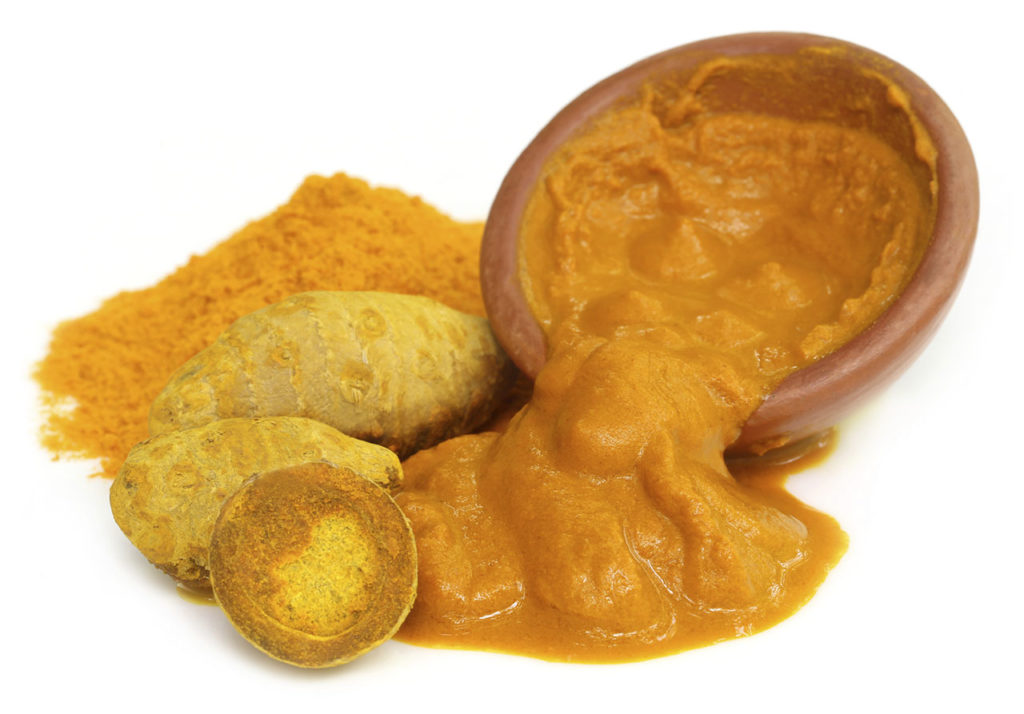
Turmeric Paste for Psoriasis
Turmeric is now gaining attention in the Western scientific community for the treatment of various conditions, including psoriasis. According to the journal Advances in Experimental Medicine and Biology, curcumin is the active ingredient in turmeric responsible for inhibiting skin growth factors that lead to psoriasis scales. It has also been used in face wash and face mask concoctions for years to help with acne.
Turmeric Paste Recipe
¼ cup of turmeric powder
2 ½ cups of water.
To make turmeric paste, stir and bring to a boil. Simmer over medium–high heat and stir constantly until it reaches a thick honey-like paste consistency. If it gets too dry while cooking add some water. Once cool, transfer the contents into an airtight glass container or jar. It can be stored in the refrigerator up to about a month.
To use, spread a thin layer of turmeric paste onto the psoriasis-affected areas of skin, before bedtime. Use enough paste so that you cannot see the underlying skin, but not so much that the paste is falling off. Wrap a piece of gauze around the skin treated with turmeric paste to keep the paste in place. Leave the turmeric paste on your skin, covered with the gauze, overnight. Remove the gauze and wash the turmeric paste off of your skin using warm water.
Turmeric permanently stains porous surfaces, such as plastic and clothing. It temporarily stains the skin, giving it a light yellow to orange color. Stains on the skin gradually face over a few days’ time.
Turmeric Face Wash and Mask
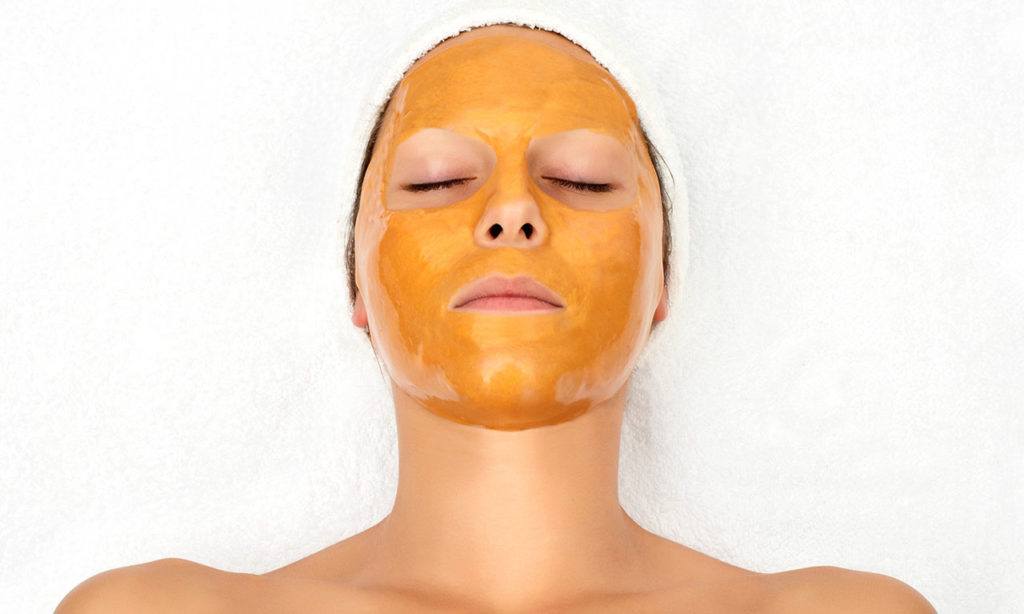
India’s brides have been using this recipe for years to give them beautiful radiant skin on their wedding day. But you don’t have to be walking down the aisle to gain the benefits from this face mask. It not only will brighten the skin, but will also help with acne and age spots.
Turmeric Face Wash Recipe
¼ teaspoon of turmeric powder
¼ teaspoon of neem
A few drops of coconut oil
To make this recipe, place the turmeric and neem in a small bowl and mix well. Then place a small amount in the palm of your hand and add coconut oil, drop by drop until you reach the desired consistency. Apply the turmeric paste onto your face and neck beginning at the forehead and moving down, making sure to avoid the eye area. For face wash, gently massage over face for about 30 seconds. It is a little gritty so be gentle. Rinse face with cool water. To use as a mask, let the paste dry, it takes about 20 minutes. Wash off the mask with warm water and then after all paste has been removed, splash your face with cold water. Gently dry with a soft, clean towel.
I am sure this is not the last word on turmeric. But for now, hopefully this information will give you a way to invite turmeric into your lives. My mission always is that you live healthy and happy every day, and if anything that you have learned from me helps you do that, then well I have done my job.
Please feel free to share my blogs with your friends and family and thanks for reading.
